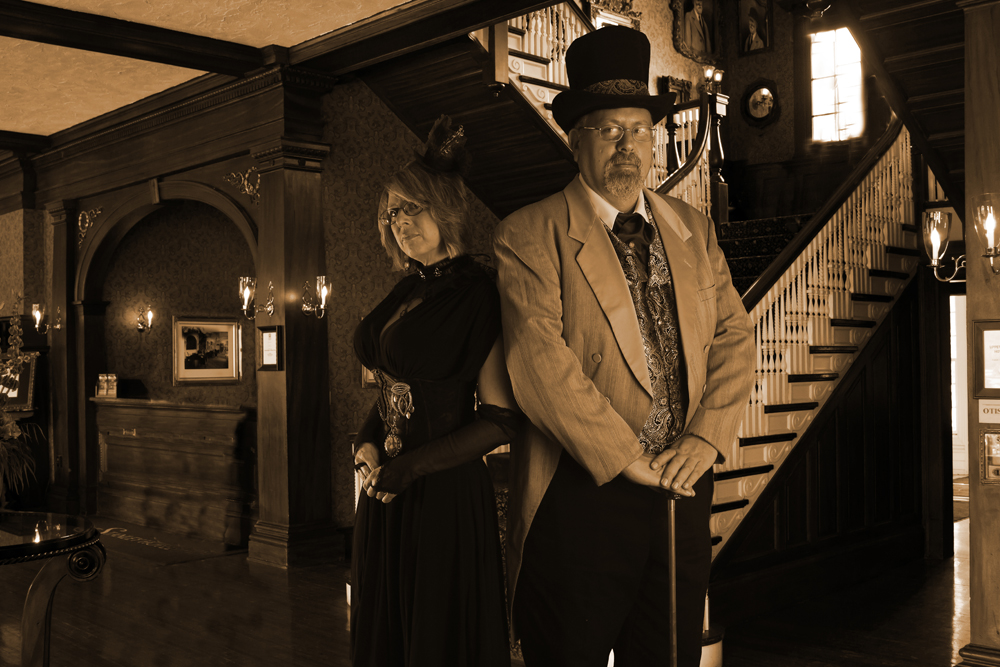Daily E-Book Deals Are Gaining Traction
 From: http://feedproxy.google.com/~r/ThePassiveVoice/~3/n6bYMqYfipo/
From: http://feedproxy.google.com/~r/ThePassiveVoice/~3/n6bYMqYfipo/ From The Wall Street Journal:
Every day, the company BookBub.com sends out more than 7 million emails pointing consumers to e-books that cost as little as 99 cents each and free titles as well.
A host of big and independent publishers list titles there, including New York-based Kensington Publishing Corp. The idea is to entice readers with a bargain, so they get hooked on a new author or series and eventually buy full-priced works.
Kensington’s chief executive, Steven Zacharius, says BookBub is powering sales growth for the company, but he worries about the long-term value of his catalog if he nurtures a generation that won’t pay more than a few dollars for an e-book.
“We know we might be shooting ourselves in the foot,” says Mr. Zacharius. “But I can’t resist because it’s such a good way to stimulate sales.” Every promotion the company has run through BookBub has been profitable, he said, despite the steep discounts.
. . . .
“There are more of these promotion companies, and because their reach has expanded, their effectiveness has increased,” said Liz Perl, chief marketing officer at CBS Corp.’s Simon & Schuster. Many new e-books from major publishers are priced from $12.99 to $14.99.
For publishers, the promotions are a form of advertising in an industry that traditionally has spent cautiously. There is hope the services could help jump-start stagnant e-book sales. A survey of 1,200-plus publishers by the Association of American Publishers found e-book revenue for consumer titles fell 11% this year through August to $964 million.
. . . .
The risk for publishers is that consumers could become accustomed to paying lower prices and only purchase titles when they are on sale.
“It’s an industrywide concern,” said Heather Fain, director of marketing strategy at the Hachette Book Group. It’s hard to know, she added, whether readers who are dedicated to reading bargain books will ever spend as enthusiastically to buy full-priced titles.
. . . .
Offering cheap prices via BookBub and its rivals is seen as a way to pull consumers away from Facebook and other digital temptations. On Dec. 17, for example, independent publisher Sourcebooks Inc. used BookBub to promote Scott Wilbanks’ novel “The Lemoncholy Life of Annie Aster” for 99 cents instead of its regular $14.99 price.
“We want people to discover this book and start talking about it,” said Dominique Raccah,chief executive of Sourcebooks. “When that happens you get a viral marketing effect.”
. . . .
BookBub expects to spark the sale of 20 million e-books at its retail partners this year, generating about $30 million in retail sales. Chief Executive Josh Schanker said heavily discounted e-books don’t compromise overall sales for publishers because they target a segment of consumers who otherwise wouldn’t buy those particular discounted books at full price.
“What publishers are saying is that they’d rather you read our book than play Angry Birds,” said Mr. Schanker. “It’s a cluttered landscape with more and more titles. Price promotions give publishers the ability to get a large group of people to sample their books.”
Link to the rest at The Wall Street Journal (Link may expire) and thanks to Nirmala for the tip.
PG says that a career hawking books to Barnes & Noble doesn’t prepare a publishing executive to have a clue about consumer marketing and retail pricing.
It shows.
Over and over.
Click to Tweet/Email/Share This Post